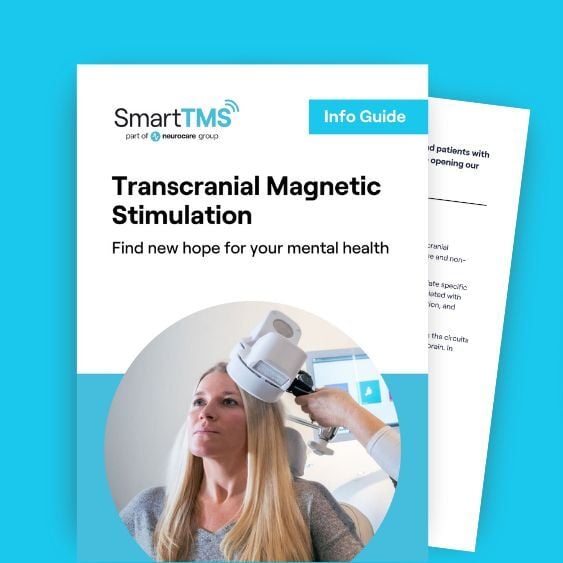ADD vs ADHD: A better understanding
February 11, 2024 - Smart TMS

Definitions: Attention deficit hyperactivity disorder (ADHD) is a neurodevelopmental disorder that affects attention, impulsivity, and behaviour. Affecting millions of both adults and children across the globe, ADHD has three types or subtypes: inattentive, hyperactive-impulsive, and combined¹. Here’s where the confusion lies: Attention deficit disorder (ADD) is an outdated term that used to describe the inattentive type of ADHD².
A Full Understanding:
This may seem confusing. How can ADD be a type of ADHD? To understand why this misconception occurs, it’s best to fully understand the symptomology of ADHD; if we understand these symptoms, we can get a better idea of why some people may still use the term ADD.
Inattention:
The inattentive type of ADHD is characterised by symptoms of easy distractibility, frequent forgetfulness, trouble paying attention to details, difficulty concentrating, and difficulty ystaying organised¹. People with this type of ADHD may seem shy, day-dreamy, or “in their own world”². They may have trouble following instructions, completing tasks, or keeping track of important things¹. They may also procrastinate or avoid tasks that require mental effort such as homework, work related duties, or chores around the house².
Hyperactivity:
The hyperactive-impulsive type of ADHD is characterised by symptoms of excessive movement, fidgeting, tapping, talking, and restlessness¹. People with this type of ADHD may act impulsively, without thinking about the consequences or the long-term effects of their actions². They may interrupt others, blurt out answers, have trouble waiting their turn, or act on their emotions¹. They may also struggle with self-control, patience, or planning².
Combined Symptoms:
The combined type of ADHD is characterised by symptoms of both inattention and hyperactivity-impulsivity¹. People with this type of ADHD may have difficulty focusing, staying still, or behaving appropriately in different situations². They may experience challenges in various aspects of their life, such as school, work, home, or relationships¹. They may also have co-occurring conditions, such as anxiety, depression, learning disabilities, or substance abuse which can all directly impact the management of ADHD symptoms.
Putting it all together:
ADHD is a common and treatable condition that can affect people of any age, gender, or background¹. Terminology is everything. Mental health is complicated enough — we don’t need misnomer terms such as ADD which are often outdated and may further confuse those seeking a diagnosis. Questions about the differences between ADHD and ADD can only become less frequent with more understanding of what ADHD actually consists of. Here at Smart TMS, we’re committed to treating and raising awareness of ADHD and the varied, complex ways it can present in individuals.
Ben, Smart TMS content writer
References:
- Miller, K. (2016). ADD vs. ADHD. [online] WebMD. Available at: https://www.webmd.com/add-adhd/childhood-adhd/add-vs-adhd.
- Kinman, T. and Raypole, C. (2015). ADHD vs. ADD: What’s the Difference? [online] Healthline. Available at: https://www.healthline.com/health/adhd/difference-between-add-and-adhd.
- Logsdon, A. (2007). Defining Attention Deficit Disorder (ADD) Without Hyperactivity. [online] Verywell Mind. Available at: https://www.verywellmind.com/add-and-attention-deficit-disorders-2161810.
- Top Doctors. (2022). ADHD vs ADD. [online] Available at: https://www.topdoctors.co.uk/medical-articles/adhd-and-add-what-is-the-difference [Accessed 12 Feb. 2024].
- ADHD Editorial Board (2016). ADD vs. ADHD: What’s the Difference in Symptoms? [online] ADDitude. Available at: https://www.additudemag.com/slideshows/add-vs-adhd/.










